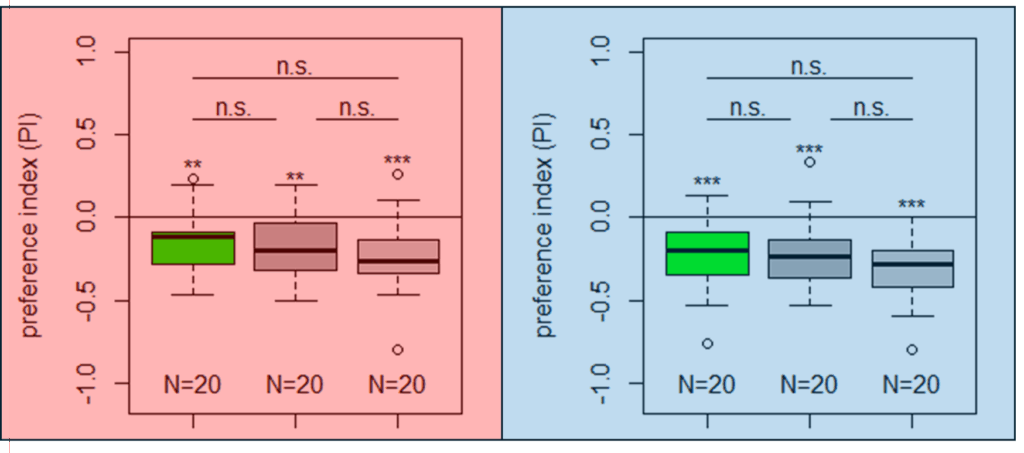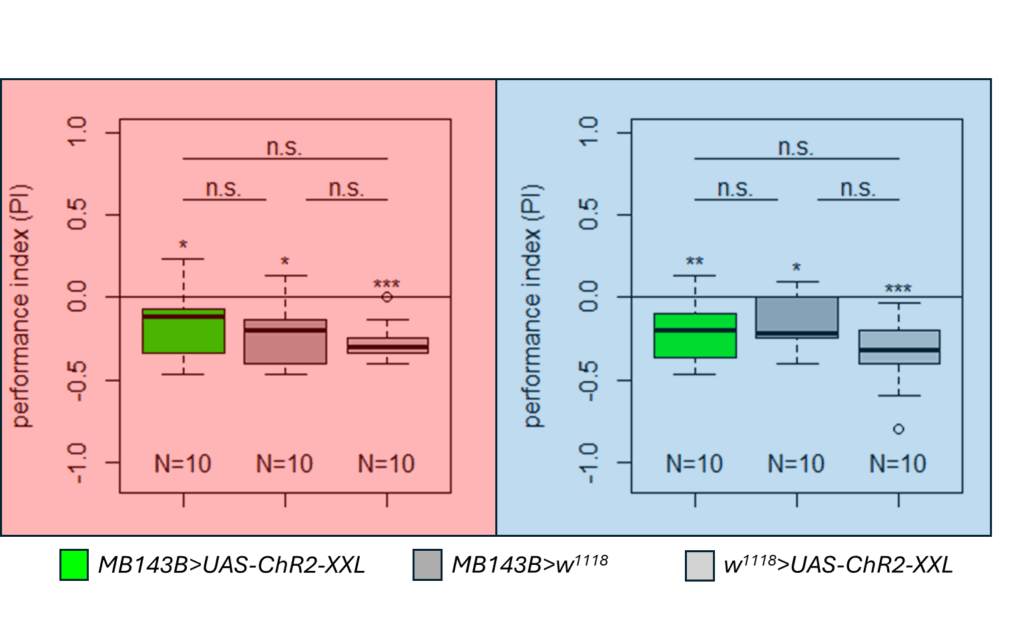Finished Salt (1.5 M) avoidance test in TH-D1-Gal4 larvae under red and blue light (N=20)
on Sunday, November 30th, 2025 9:50 | by Christoph Kumpfmüller

Category: crosses, DAN, genetics, Larve, Mushroom Body | No Comments
Salt (1.5 M) avoidance test in TH-D1-Gal4 larvae under red and blue light [N = 19]
on Sunday, November 23rd, 2025 2:43 | by Christoph Kumpfmüller
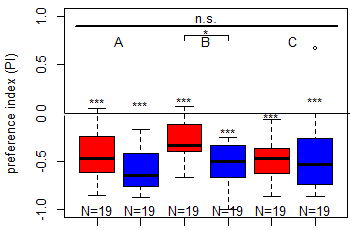
Category: crosses, Larve, Mushroom Body, Optogenetics | No Comments
Salt (1.5 M) avoidance test in TH-D1-Gal4 larvae under red and blue light
on Saturday, November 15th, 2025 2:53 | by Christoph Kumpfmüller

Category: DAN, Larve, MBON, Mushroom Body, Optogenetics | No Comments
Finalized Results for the Salt (1.5 M) avoidance tests in DANc1 larvae under red and blue light
on Saturday, November 15th, 2025 2:44 | by Christoph Kumpfmüller
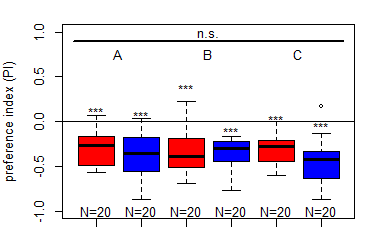
Category: crosses, DAN, Larve, Mushroom Body, Optogenetics | No Comments
Update to the Salt (1.5 M) avoidance tests for the DANc1 larvae tests under red and blue light
on Sunday, November 9th, 2025 5:25 | by Christoph Kumpfmüller
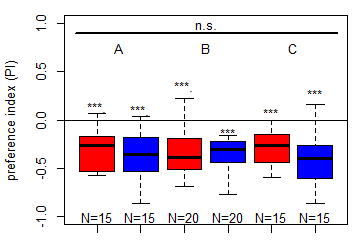
Category: crosses, DAN, Larve, Mushroom Body, Optogenetics | No Comments
First results for Salt (1.5 M) avoidance tests in group A, B and C under red and blue light
on Sunday, November 2nd, 2025 5:27 | by Christoph Kumpfmüller
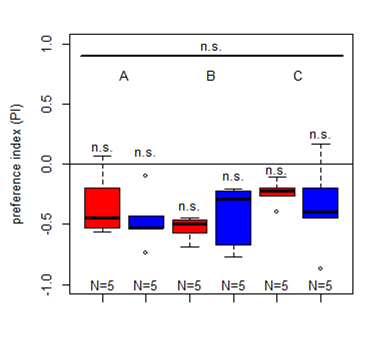
Category: crosses, DAN, Larve, Mushroom Body, Optogenetics | No Comments
Completed Results of Salt (1.5 M) avoidance in WTB Larvae
on Sunday, November 2nd, 2025 5:20 | by Christoph Kumpfmüller
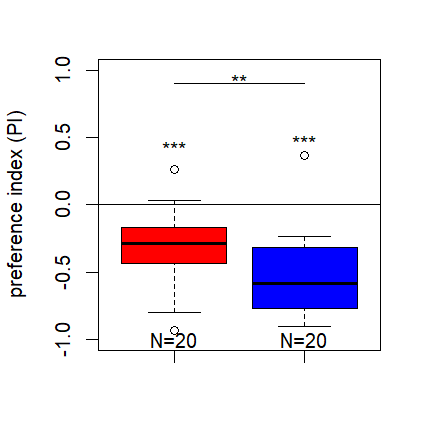
Category: Larve, Mushroom Body | No Comments
Salt avoidance test in control larvae (WTB) under red light and blue light
on Sunday, October 19th, 2025 5:54 | by Christoph Kumpfmüller
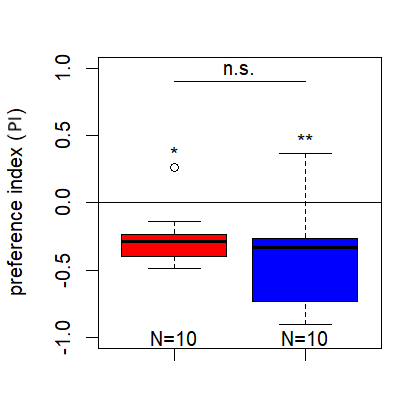
Category: Food preference, Larve, Mushroom Body | No Comments
Salt (1.5 M) avoidance of 3rd instar larvae
on Sunday, October 12th, 2025 11:53 | by Radostina Lyutova
Category: Biogenic Amines, DAN, Food preference, Larve, neuronal activation, Optogenetics | No Comments
Salt (1.5 M) avoidance of 3rd instar larvae
on Sunday, September 28th, 2025 12:21 | by Radostina Lyutova
Category: Biogenic Amines, DAN, Food preference, Larve, Mushroom Body, neuronal activation, Optogenetics | No Comments

